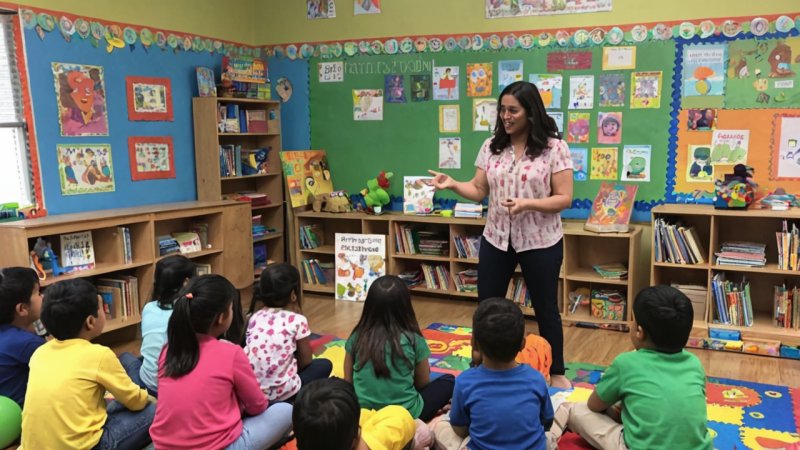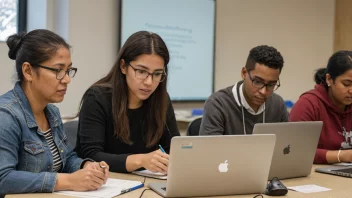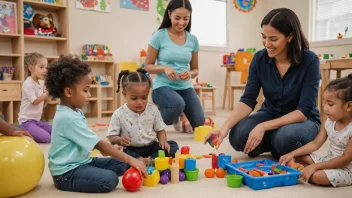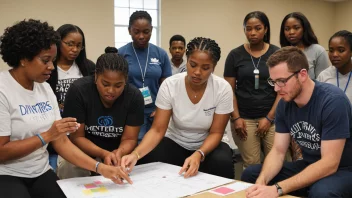In an increasingly globalized world, bilingualism is becoming more common among children. Supporting literacy development in bilingual children can be approached in various ways, with structured and natural methods being two prominent strategies. This article presents a comparison of these two approaches, examining their pros and cons, and ultimately guiding educators and parents on how to best support bilingual literacy.
Understanding Structured Literacy Development
Structured literacy development refers to a systematic, explicit approach to teaching reading and writing. It often includes phonics instruction, vocabulary development, and comprehension strategies that are sequentially organized.
Pros of Structured Literacy
- Clear Framework: Structured literacy provides a clear and organized framework, making it easier for educators to plan lessons and track progress.
- Evidence-Based: Many structured literacy programs are based on extensive research, showing effectiveness in improving reading skills.
- Consistency: This approach ensures that all students receive the same foundational skills, which can be particularly beneficial in a bilingual context where language proficiency may vary.
Cons of Structured Literacy
- Rigidity: The structured approach can sometimes be too rigid, not allowing for the natural language development that children might experience in their daily lives.
- Lack of Cultural Relevance: Some structured programs may not incorporate the cultural contexts and languages of bilingual children, which could affect engagement.
- Potential Overemphasis on Mechanics: Focusing too much on the mechanics of reading and writing might detract from fostering a love for literature and storytelling.
Exploring Natural Literacy Development
Natural literacy development emphasizes the organic process of learning through exposure to language in context. This approach often includes reading aloud, storytelling, and engaging with texts that reflect children's experiences and interests.
Pros of Natural Literacy
- Engagement: Children are often more engaged when learning is connected to their personal experiences and interests, promoting a love for reading.
- Cultural Relevance: Natural literacy approaches can incorporate diverse texts that reflect the children's cultural backgrounds, making learning more relatable.
- Flexibility: This method allows for more adaptability in teaching, accommodating individual learning styles and preferences.
Cons of Natural Literacy
- Lack of Structure: Without a clear framework, some children may miss foundational skills necessary for reading proficiency.
- Inconsistency: The lack of a standardized approach can lead to disparities in literacy development among bilingual children.
- Potential for Confusion: Depending on how languages are used, children may experience confusion if the natural approach does not provide clear distinctions between the two languages.
Key Differences Between Structured and Natural Approaches
While both structured and natural approaches aim to support literacy development, their methodologies and philosophies differ significantly.
Framework vs. Flexibility
Structured literacy relies on a defined framework, while natural literacy thrives on flexibility and spontaneity. This difference can affect how children interact with language and literacy.
Focus on Skills vs. Engagement
Structured literacy often emphasizes skill acquisition, whereas natural literacy focuses on engagement and enjoyment. This can lead to different outcomes in how children perceive reading and writing.
Standardization vs. Individualization
Structured literacy aims for standardization, which can be beneficial in ensuring all students receive a uniform education. In contrast, natural literacy allows for individualization, catering to the unique needs and backgrounds of bilingual children.
Finding a Balance
Ultimately, the most effective approach to supporting literacy development in bilingual children may not be strictly structured or entirely natural but rather a combination of both. Educators and parents can create a balanced literacy program that incorporates the systematic instruction of structured literacy while also embracing the organic and engaging aspects of natural literacy.
This hybrid approach can provide children with the foundational skills they need while also fostering a love for reading and storytelling in both languages. By recognizing the strengths and weaknesses of each method, caregivers can adapt their teaching strategies to better meet the needs of bilingual learners.
Conclusion
Supporting literacy development in bilingual children is a multifaceted challenge that requires a thoughtful approach. While structured literacy offers a solid foundation of skills, natural literacy encourages engagement and cultural relevance. By integrating elements from both approaches, educators and parents can create a more effective and enriching learning environment that nurtures bilingual literacy development.






